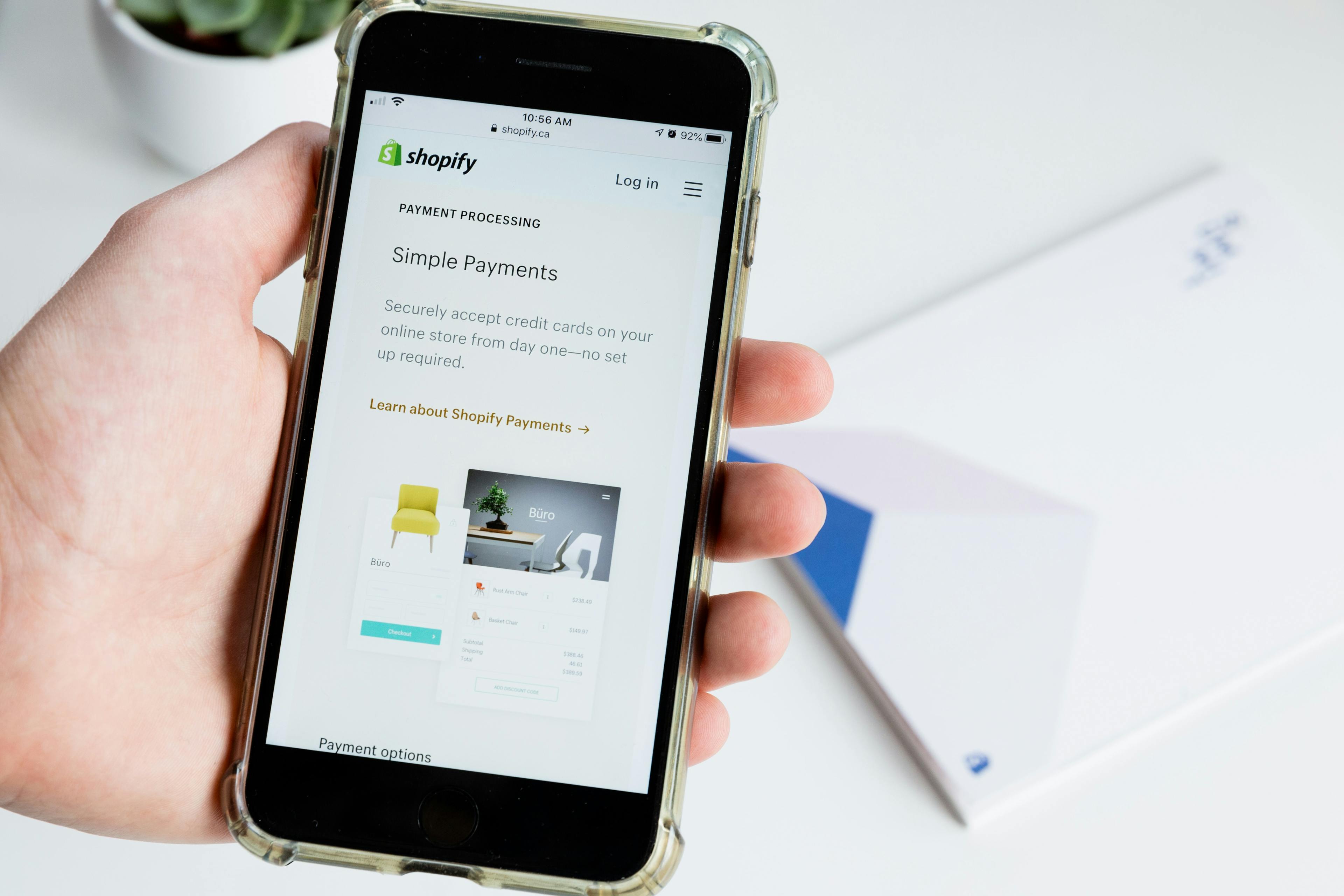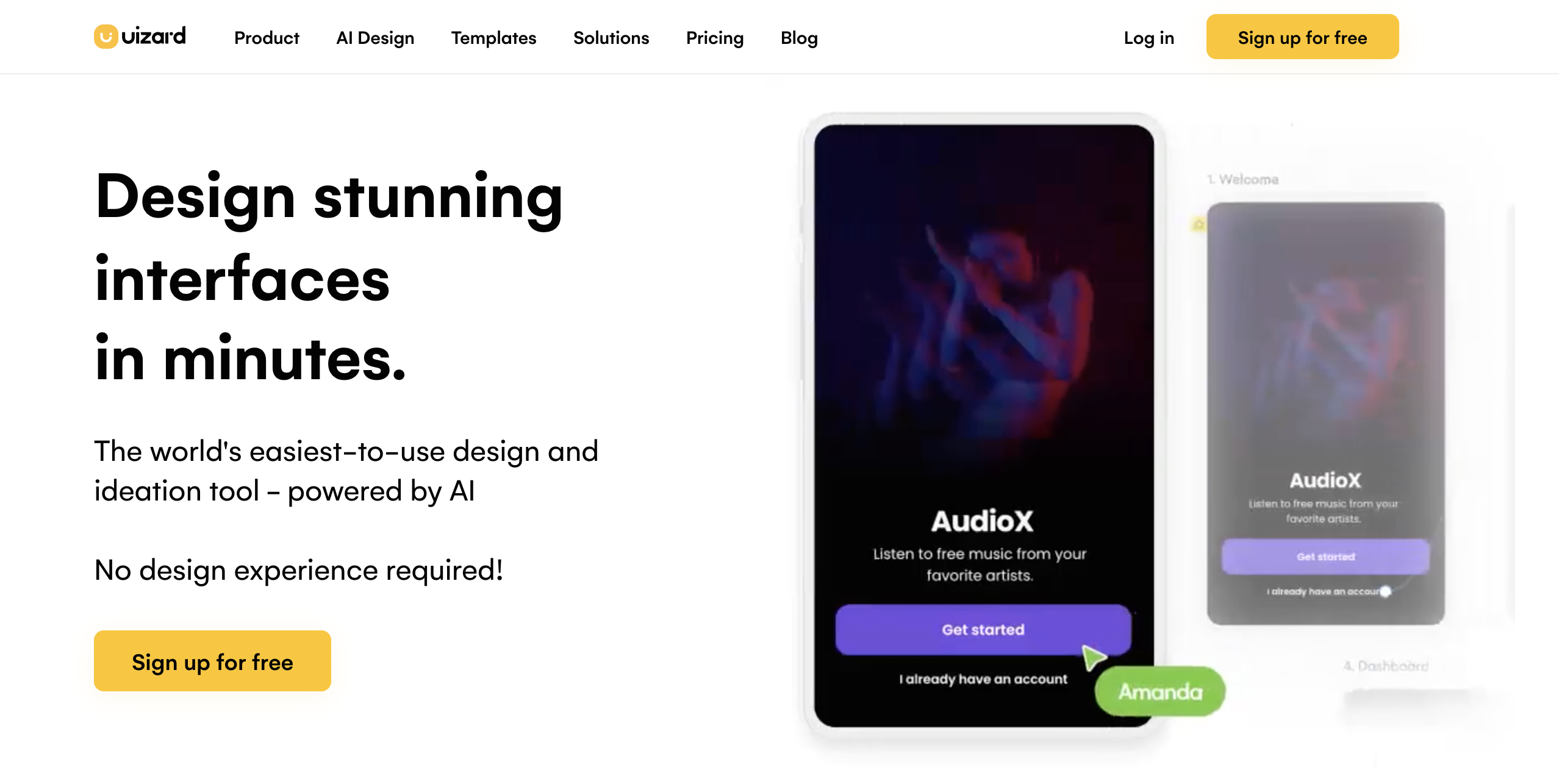Table of Contents
Benefits of AI in UX/UI Design
Author

Subject Matter Expert

Date

Book a call
Why UI/UX?

Suppose you have a product that is the best in the market. Your product offers to fix every known problem for your users. But there is a problem. Your users have to spend a great deal of time understanding your product and what it has to offer. The problem here is effective communication and engagement with the users. First impressions last, and this is where UI/UX design comes in. From increasing user engagement and retention to increasing app functionality and ROI, great UI/UX can do it all.
With the recent evolution of AI, an increasing number of designers have started adopting the technology to increase overall productivity. AI assistance can help designers create more personalized, adaptive, and engaging experiences that better reflect the needs of individual users. By analyzing user data, AI can help designers identify patterns and trends that can inform design decisions. AI can also help designers save time and resources by automating repetitive design tasks, allowing them to focus on more creative or strategic design decisions. Additionally, AI can help designers create more accessible designs by providing real-time feedback on accessibility issues.
AI-driven Personalization in UX/UI Design
Personalization is a crucial component of modern UX/UI design. With the help of AI, designers can create personalized experiences at scale. The experiences can be tailored to user preferences, behavior, and needs. By analyzing user data, designers can create unique experiences for each user. For example, Amazon uses AI to personalize product recommendations for each user based on their browsing and purchase history. This enhances the user experience and increases the chances of conversion and customer loyalty. Personalization can also be achieved through dynamic content that changes based on user behavior. For instance, a website can show different content to users who have previously visited the site compared to first-time visitors. This can be achieved through AI algorithms that analyze user behavior and preferences to provide a more personalized experience.
AI and User Behavior Analysis

AI-powered analytics tools can help designers analyze user behavior patterns, such as clickstream data, to gain insights into user preferences and behavior. This data can be used to personalize the user experience and create more engaging designs. For instance, designers can use AI algorithms to analyze user behavior on a website and identify the areas where users spend the most time. This information can then be used to optimize the design and improve the user experience. AI can also help designers identify user pain points and areas where users are dropping off. This information can be used to create more effective designs that address user needs and improve the overall user experience.
Customization and Adaptability in Design with AI

AI can help designers create more adaptable and flexible designs that can be customized to meet the unique needs of individual users. For example, customizing text size, color, or images to accommodate users with specific needs such as visual impairments or color blindness. This not only enhances the user experience but also makes the design more inclusive and accessible to a wider range of users. AI can also be used to create designs that adapt to different devices and screen sizes. This is especially important in today's world, where users access websites and applications from a variety of devices such as smartphones, tablets, and desktops. By using AI algorithms, designers can create designs that are optimized for different devices and provide a seamless user experience across all platforms.
Automating UX/UI Design Processes with AI

AI has revolutionized the way we approach UX/UI design. With its ability to automate and streamline various design processes, AI has made it faster, cheaper, and more efficient to design products that meet user needs. Take, for example, prototyping and wireframing. These are critical steps in the design process. They help designers visualize the product and test its functionality before moving to the development phase. AI can help designers create and refine prototypes and wireframes by automating design decisions based on user data. This speeds up the design process and makes creating high-fidelity prototypes that accurately reflect the final product easier.
AI can analyze user behavior and preferences to suggest design elements that are more likely to be successful. It can also identify patterns in user feedback to help designers make informed decisions about the design direction.
AI-powered Design Collaboration
Design collaboration is an essential element of successful UX/UI design. However, it can be challenging to collaborate effectively, especially when team members are working remotely or in different time zones. AI-powered collaboration tools can help designers work together in real-time, share feedback, and create better designs collectively. By analyzing user feedback, AI can suggest design changes that are more likely to improve the user experience. It can also help designers identify potential design conflicts and offer solutions to resolve them.
Streamlining Design Workflows with AI
Design workflows can be time-consuming and repetitive, especially regarding tasks like design iterations, version control, and file management. AI can help streamline these workflows by automating these tasks, making designers more productive. For example, AI can automatically generate design variations based on user preferences, reducing the need for manual design iterations. It can also manage version control and file management, ensuring that designers can access the latest design files and reduce the risk of errors.
Summing Up
AI and ML technologies are rapidly transforming the UI/UX landscape. While challenges such as a lack of transparency in the AI decision-making process, the possibility of biased or unreliable recommendations, and security and data privacy issues exist, designers certainly stand to benefit from the technology in more ways than one. Strategic and collaborative efforts between humans and AI will create lasting user experiences and intuitive applications.
Dive deep into our research and insights. In our articles and blogs, we explore topics on design, how it relates to development, and impact of various trends to businesses.





